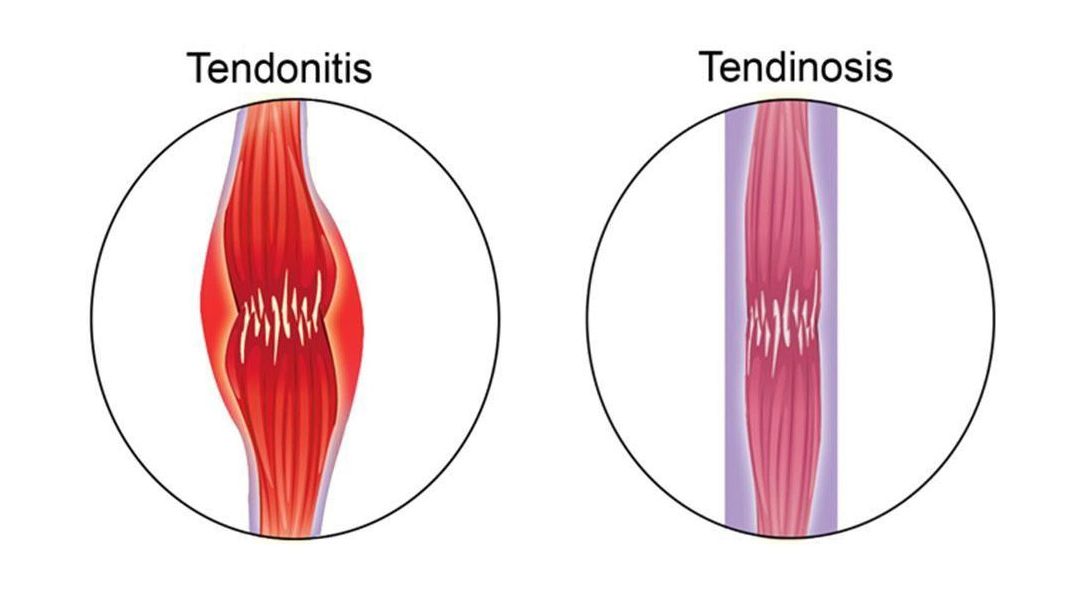ANOTHER HEEL PAIN GENERATOR
Almost everyone in this day and age has heard of the term Achilles tendonitis or Achilles tendinosis; however just because we’ve heard of it or thought we’ve dealt with it in the past, it doesn’t necessarily mean we truly know what it is. There is often confusion between the two and the tendency to use them synonymously, which is frankly incorrect. So, let’s discuss the difference, how do people develop these, and what we can do to treat this common issue.
WHAT IS TENDONITIS VERSUS TENDINOSIS?
Before we continue it must be noted that tendinosis and tendinitis can happen anywhere in the body, not just at the Achilles tendon. Tendinitis happens when a tendon is abruptly over loaded causing trauma and inflammation around the area. As long as the area is not reinjured; the inflammation will result in a healing process that subsides in approximately 2-6 weeks. The mechanism in which tendinosis develops is quite different. When a portion of a tendon chronically loses the load of which it is meant to store and release; the type 1 collagen fibers begin to break down and become disorganized with the absence of inflammation. This absence of inflammation does not promote a healing process and the tendon begins to degenerate and become more disorganized.
WHY DO PEOPLE DEVELOP TENDINITS AND TENDINOSIS?
As stated above, acute injuries can promote tendinitis and there is not a subset of the population that is more at risk for this injury. With tendinosis the variables that contribute to its development are people with highly arched feet, inflexibility, weak or injured calf muscles, and people with Haglund’s Deformities.
HOW DO WE TREAT TENDINITIS AND TENDINOSIS AND WHAT CAN YOU DO AT HOME?
Here in the office we treat tendinitis and tendinosis very differently. With tendinitis we would use topical analgesics, dry needle the area to promote faster collagen remodeling, and start with unloaded range of motion (ROM) exercises. With tendinosis the number one thing we do is have patients perform heavy loaded eccentric exercise. These types of exercises will help remodel and reorganize the collagen fibers. We would also advise flexor digitorum strengthening exercises (a calf muscle) to lessen the elongation of the achilles but still load the tendon.
RECOMMENDED READING:
Human Locomotion: Conservative Management of Gait Related Disorders
WE CAN HELP:
If you feel like you’re having issues like this or something similar, call us today at 260-927-0581 or schedule an appointment online! There is no reason to live in pain. As always, we are here for you at ProActive Spine & Joint. Move well, live well: that’s what we want for our community and for you.

